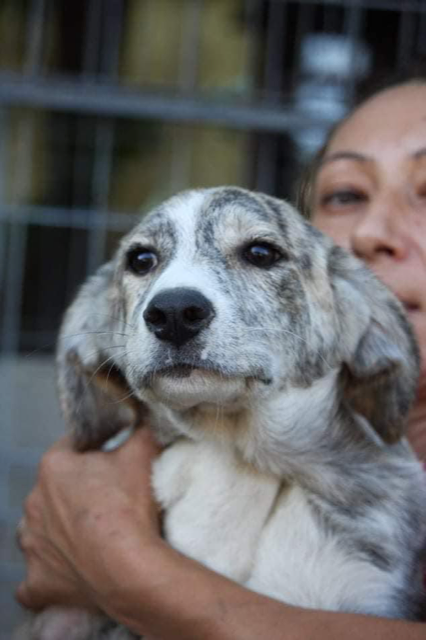

To solve the discrete combinatorial optimization problem, Kennedy and Eberhart have put forward the binary PSO (BPSO), whose particles are composed of binary encoding 37.

The particle swarm optimization (PSO) is an evolutionary computation model based on the swarm intelligence, which has been utilized in the function optimization, artificial neural network training, fuzzy control and other fields 33, 34, 35, 36. To solve this problem, we propose in this work a software-based automatic-approach to provide an efficient way for automatic designs of unit cells using the optimization algorithm and commercial electromagnetic software.

numerical simulations) to achieve the desired reflection phases of array elements.
#Z reference cst microwave studio manual#
However, most of the designs of reflectarrays and metasurfaces require many manual works (i.e. More recently, novel concepts of coding metasurface, digital metasurface, programmable metasurface, and reconfigurable reflectarray have been proposed 27, 28, 29, 30, 31, 32, which provide more freedoms and capabilities to control the electromagnetic waves and lights. On the other hand, various kinds of metasurfaces have been presented in recent years to control the radiation and scattered electromagnetic beams by designing gradient phases profiles on the metasurface, for example the anomalous reflection and refraction governed by the generalized Snell’s law 13, 14, 15, 16, polarization-state conversions 17, 18, 19, conversions from spatial modes to surface modes 20, optical-vortex generations 21, 22, 23, and photonic spin hall effect 24, 25, 26, etc.
#Z reference cst microwave studio Patch#
Many techniques have been proposed to expand the working bandwidth, including using multilayer structure, true-time delay, subwavelength patch elements and dual-frequency phase synthesis method 8, 9, 10, 11, 12. However, one serious weakness of the printed microstrip reflectarray is the limited bandwidth 7. Every element is independently controllable for the compensated phase of the phase delay caused by the path difference. In virtue of the diversity of element structures and relevant parameters, there are different reflection phases when the feeding source irradiates the microstrip patch elements 4, 5, 6. Owning to such desirable features of traditional parabolic reflectors and planar phased arrays, it is more convenient for the reflectarray to produce the directive and shaped beams through the reflection phases of array elements 3. A lot efforts have been devoted to the researches of the printed microstrip reflectarray, which features the advantages of versatile radiation performances, compact structure, simple profile, and low cost as high-gain antennas 2. In modern information science and technology, the printed microstrip reflectarray has been widely used as a kind of flat reflection-type antennas, which is generally composed of an array of radiating elements on a grounded substrate 1. The proposed method provides a smart tool to realize various functional devices and systems automatically. Two complicated functional metasurfaces with circularly- and elliptically-shaped radiation beams are realized by automatically designing 4-bit macro coding units, showing excellent performance of the automatic designs by software. To experimentally verify the performance, a coding metasurface is fabricated by automatically designing two digital 1-bit unit cells, which are arranged in array to constitute a periodic coding metasurface to generate the required four-beam radiations with specific directions. The apertures of the designed reflective metasurfaces are formed by arranging the macro coding units with certain coding sequence. By combining an optimization algorithm and commercial electromagnetic software, the digital patterns of the macro coding units are optimized to possess constant phase difference for the reflected waves. two types for 1-bit coding, four types for 2-bit coding, etc.), and each type of the macro coding units is formed by discretely random arrangement of micro coding units. In details, the macro coding units of metasurface are automatically divided into several types (e.g. The design procedure is completely automatic, controlled by a personal computer. We present a fully digital procedure of designing reflective coding metasurfaces to shape reflected electromagnetic waves.


 0 kommentar(er)
0 kommentar(er)
